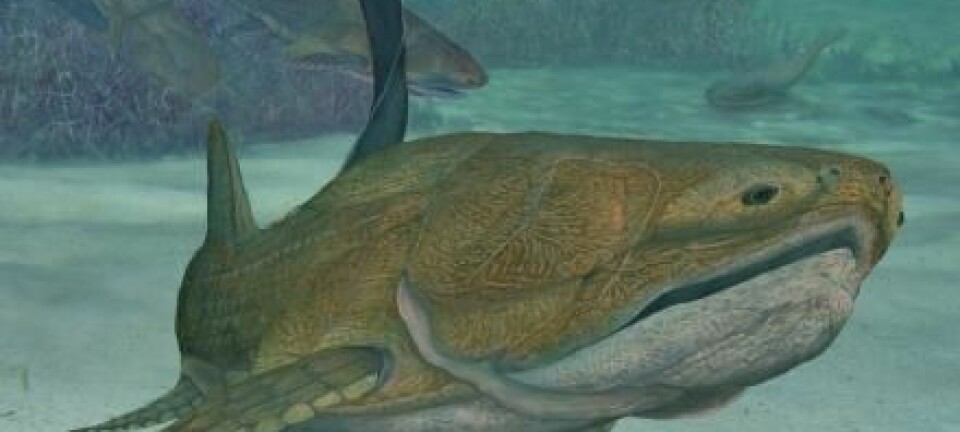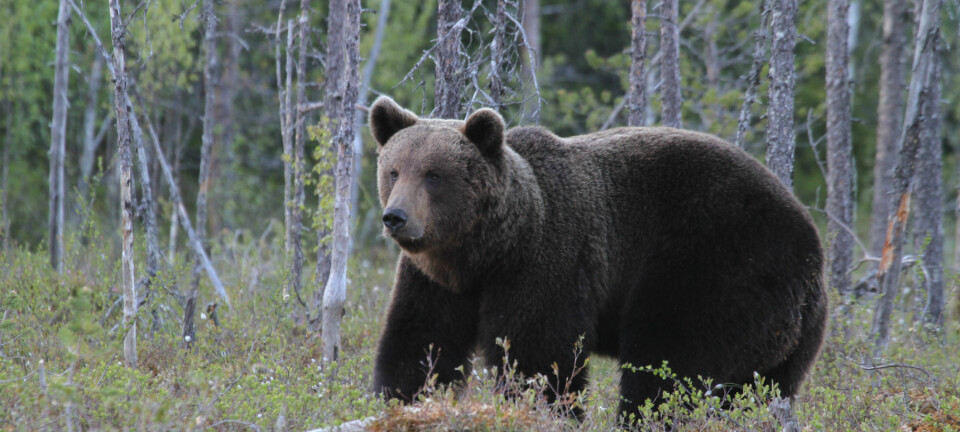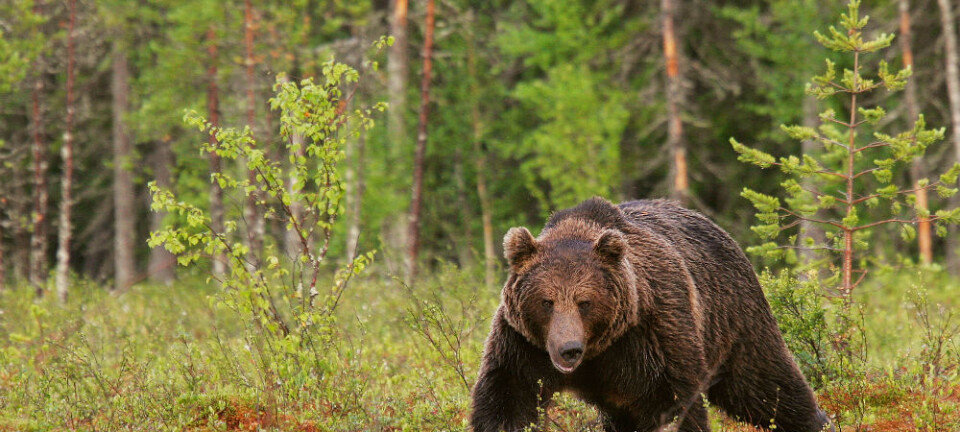This article was produced and financed by NIBIO - Norwegian Institute of Bioeconomy Research

The bear knows no borders
In the north of Norway, Finland and Russia, researchers follow the movements of the bear across the three countries. Now, these investigations may result in trans-border management in other regions.
Denne artikkelen er over ti år gammel og kan inneholde utdatert informasjon.
This collaboration is of international interest seeing as transborder monitoring of bears is close to non-existent in the rest of the world, bear researcher at Norwegian institute of bioeconomy research (NIBIO), Alexander Kopatz, explains.
– It is unique because we are actively collaborating and constantly harmonizing our methods. We even cooperate closely in the field to build hair traps.
DNA from bears may provide answers to many biological questions. Like how many bears that live in an area, and which ones are actually breeding. Hair traps and collection of bear droppings are the two methods used to collect DNA.
– The trilateral cooperation brings a new opportunity to develop the traditional monitoring system and to investigate some regional specific of population and particularities of distribution. As a result, it will help in the management and protection of the populations, says Konstantin
Tirronen from the Karelian Research Centre of the Russian Academy of Science in Petrozavodsk.
Lack international analysis standards
Internationally, it is a challenge that monitoring and analysis standards vary among species, regions, populations and countries. This situation obstructs transborder harmonization and collaboration, especially across larger scales.
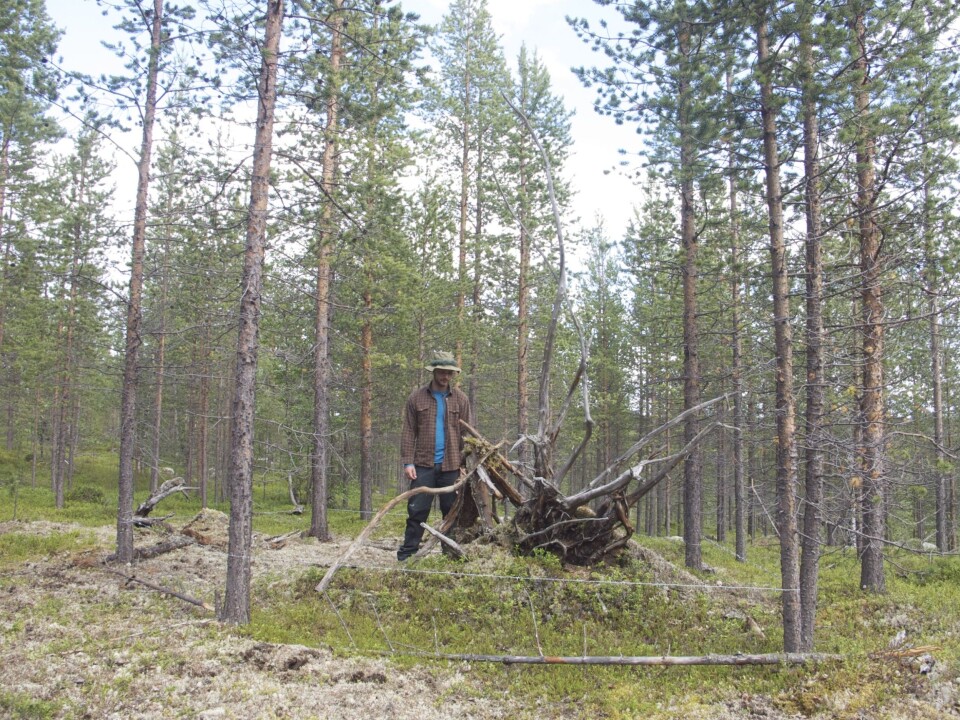
– It becomes evident when visiting international conferences. Most monitoring surveys are conducted locally, or, to the most extent, to the level of a municipality or federal state. On a national level monitoring procedures may be standardized, but this is not common between different countries, says Kopatz.
This may, however, be on the verge of changing. In November, an international bear seminar at NIBIO Svanhovd will be held. The purpose of the seminar is to bring people and institutions interested in brown bears and other large carnivores together, to discuss potential goals, as well as how to harmonize methodology.
- Perhaps this seminar will be the first step towards the creation of a full-fledged monitoring system, and will be a unique experience in the world, says Tirronen.
Green belt surveillance
The joint research effort between Russia, Finland and Norway has long traditions, covering a wide range of environmental issues, including brown bear surveillance. Svanhovd has been a key institution for 22 years. The area of interest is located in the top north of the Green Belt of Fennoscandia.
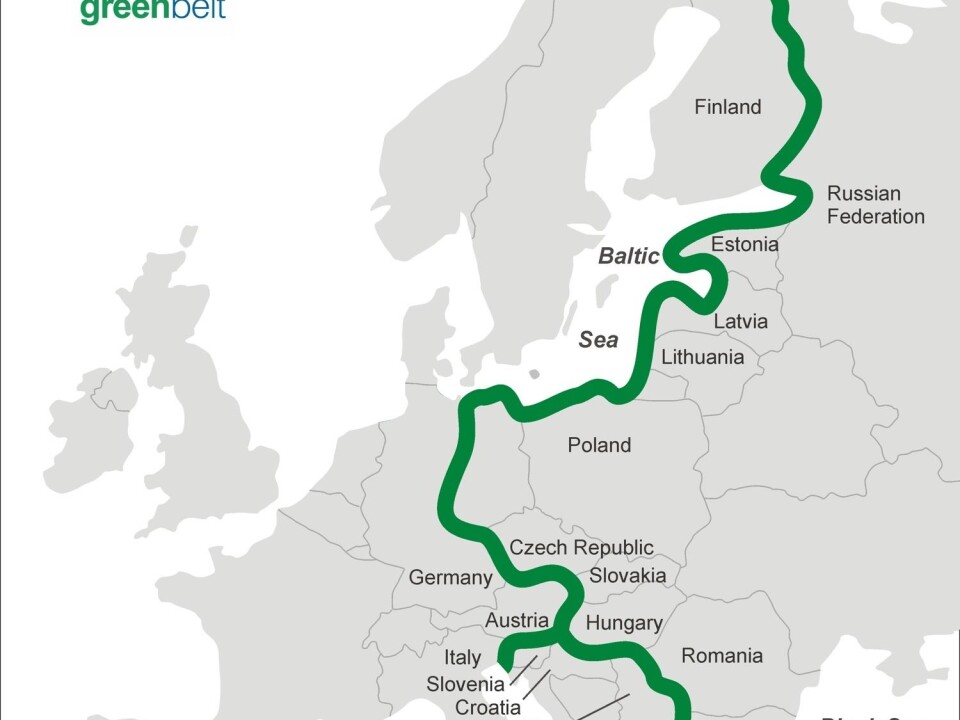
The Green Belt is a strip of territory stretching along the European borders that once divided the continent into East and West, also known as the former iron curtain.
Human impact on the environment is usually limited in border zones like these because public access is, and was, often restricted. Consequently, it has granted nature a pause. The Green Belt is therefore home to many endangered species, and has a rich wildlife. Large numbers of bears live and roam alongside the Green Belt. The seminar at Svanhovd will address possibilities for other international projects alongside the Fennoscandian Green Belt.
– The plan is to build up a regional network, and we hope to get a collaboration started in order to monitor bears and other large carnivores in the area regularly, says Kopatz.
The Green Belt ties together many national and nature parks, biosphere reserves and transboundary protected areas, and promotes regional development initiatives in the field of nature conservation. However, collaboration concerning bear and large carnivore surveillance is still very limited.







